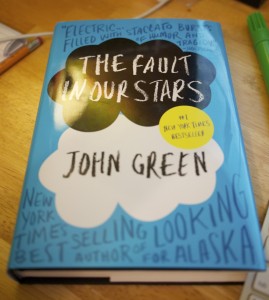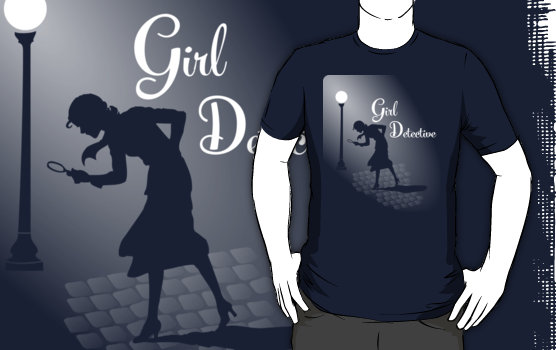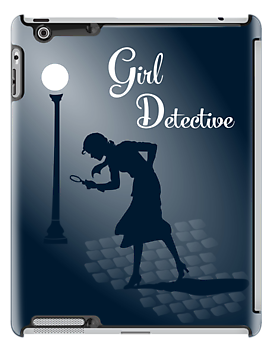Howdy? How have you all been. It’s been so long since we talked. I’ve been cheating on you with Facebook, I admit it. But Facebook is giving me tennis elbow, (damned Farmville!) so I need to lay off the junk for awhile.
Also, according to Nicholas Carr in his rather alarming book The Shallows: What the Internet Is Doing to Our Brains – Facebook is making me stupid. Actually, the whole internet is. It’s probably your fault.
Seriously, though – the book set off some alarm bells for me. The central idea is this – the way we read on the internet is fundamentally different than how we read books and longer works of literature, and that difference in the way we read is re-writing our neural pathways and fundamentally changing the way we think as well. People who have been reading and writing on the internet, because it makes us prone to skimming, focusing in short bursts, and jumping from one thought to the next, have lost the ability to concentrate on reading a single lengthy work. We’ve lost the ability to focus on tasks for long periods of time. We’re addicted to feeding our brains with short bursts of knowledge, and we keep going back to that like lab mice to the food.
I heard Carr speak at SXSW, and I immediately could recognize on a personal level what he was talking about – it’s partly the concept I was struggling to express in my “Goodbye Twitter” blog post:
2) Micro-thinking
When you have to parse every statement down to 140 characters, you throw out complexities, paraphrase, and, inevitably, make your meaning less clear. You start to think in simpler thoughts. After tweeting for so long, I find it to be a struggle to think things out and examine ideas in a more complex form. Hence the lack of longer writing on this blog. That is a trend I desperately need to reverse.
I can sit down and read light reading, but if I have to sustain attention for any length of time, I’m screwed. I’ve been trying to pick up and read Proust’s “In Search of Lost Time” for three years. It’s only 7 volumes. I read more than that in a year. I should be able to read and comprehend it. But I can’t stay focused for anything more than the first 30 pages. That’s ridiculous.
And other books have given me problems, too. The Diane Arbus biography was a struggle. Non-fiction leaves me stranded mid-chapter. To tell you the truth, even this book “The Shallows” is giving me fits. And I whole-heartedly want to read it.
So how do I “fix” it? That is indeed my question, and one that I tried to ask him at SXSW in vain, because I couldn’t get his attention. So I snapped up the book as soon as it was published in hopes that he provides an answer. I haven’t finished the book yet (see above problem) so I don’t know the solution.
Carr dives pretty deeply into how the brain works – especially the insight science has gathered over the last 30 years. Turns out that our brain makes new neural pathways throughout our lives – our development isn’t stuck in one place after adolescence. We can re-write and re-map our brain’s functionality throughout our lives, simply by doing different things, training our brain to act differently. And the internet is training us to think differently than we have in the past — that may or may not be a good thing.
I’m going to finish this book – I swear I will. And at that time I’m going to revisit this subject and answer some of the outstanding questions in my head. We’ll see if I get there.
UPDATE 2012: I never finished this book. So…
2022-03-12 Update: I went back to Twitter eventually, but not under my own name, and I mostly do political posting.















